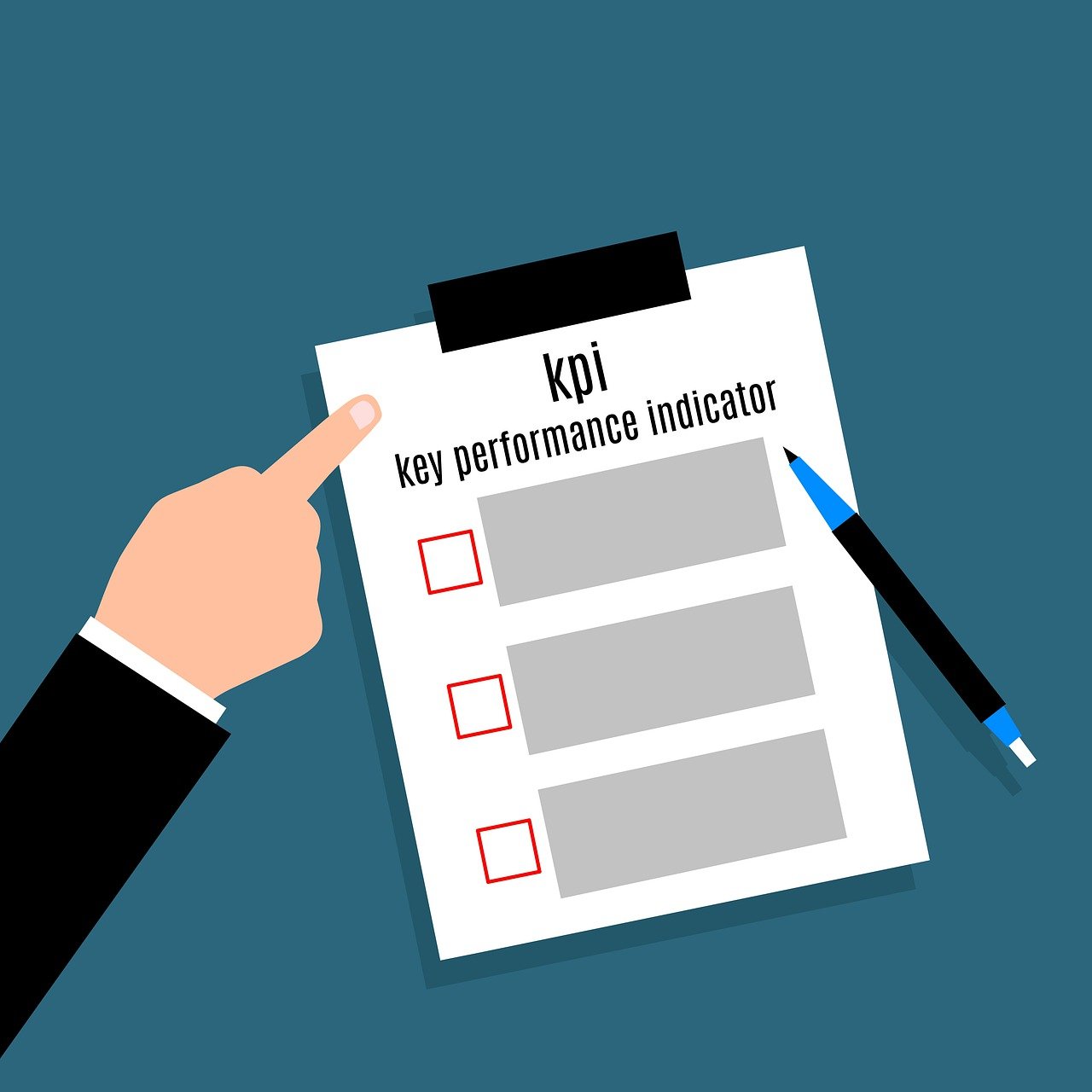In today’s hyper-competitive and rapidly evolving marketplace, distinguishing between a business strategy that is truly working and one that is merely surviving is critical for long-term success. Companies often mistake short-term survival tactics for strategic wins, especially when overwhelmed by an influx of data, shifting market trends, and emerging technologies. The challenge lies not only in crafting a robust strategy but also in continuously testing its relevance and effectiveness amidst uncertainty. Consulting firms such as McKinsey, Boston Consulting Group, and Deloitte emphasize that strategy is less about static plans and more about adaptive thinking and purposeful action. As organizations transition into 2025, with increasing decentralization of decision-making and faster planning cycles, leaders must rigorously evaluate whether their strategy maintains a competitive edge, taps into authentic advantages, and aligns with unfolding market realities.
Moreover, the integration of technology giants like Microsoft, IBM, and Salesforce into strategic business processes has expanded the tools available for measurement and adaptation, adding layers of complexity but also opportunity. Meanwhile, firms such as Accenture, PwC, Bain & Company, and KPMG continue to provide frameworks that stress the balance between commitment and flexibility in strategy execution. The question remains: how can business leaders confidently determine whether their strategy is driving growth or solely sustaining the status quo? The journey to uncover these answers requires a nuanced approach that includes testing the fundamentals of strategy, examining market positioning, and embracing uncertainty as a strategic asset.
Essential Tests to Evaluate If Your Business Strategy Is Working or Just Surviving
Not all strategies succeed equally, and differentiation is fundamental to the effectiveness of any strategy. Drawing on insights from business strategy experts and consultancy thought leaders, a series of critical assessments can help CEOs and managers distinguish robust strategies from those mere survival attempts.
1. Will Your Strategy Outperform the Market?
Competitive markets in 2025 demand strategies that do more than merely track trends; they must actively beat the market. This means creating distinctive advantages that effectively separate your offerings from both direct rivals and emerging substitutes. Companies often settle for “playing along,” but adopting a divergent strategy—one that boldly challenges existing assumptions—can propel market leadership.
- Assess your competitors: Are your products and services truly unique, or are you simply mimicking market leaders?
- Evaluate market responsiveness: Is your strategy agile enough to respond to rapid shifts in demand or regulatory frameworks?
- Test against potential entrants: Are your barriers to entry strong enough to discourage new competitors?
Example: Netflix disrupted the media industry not just by streaming content but by continually innovating original shows and leveraging advanced data analytics, continually beating traditional networks and new entrants alike.
| Criteria | Signs of Market-Beating Strategy | Signs of Survival-Only Strategy |
|---|---|---|
| Market Differentiation | Unique value proposition clearly identifiable | Similar offerings as most competitors |
| Agility | Strategy adapts proactively to market changes | Reactive changes only after losses |
| Barrier Creation | Robust defenses against entrants and substitutes | Weak or non-existent market barriers |
2. Does Your Strategy Harness True Competitive Advantages or Generic Strengths?
Strategies must anchor on authentic competitive advantages, which come from either positional advantages in structurally strong markets or from special capabilities unique to the organization. Misinterpreting scale for advantage or relying solely on past performance without due diligence can be detrimental.
- Positional advantages include:
- Being an incumbent with strong customer loyalty
- Operating in a market with high entry barriers
- Special capabilities are:
- Proprietary technology
- Superior organizational culture
- Exclusive intellectual property
- Common pitfalls to avoid:
- Assuming larger size always translates to better scale advantage
- Overestimating transferability of capabilities across markets
Case in point: Apple’s unique design and ecosystem capabilities serve as special capabilities that sustain its premium pricing and customer lock-in, rather than mere size or marketing spend.

3. Clarity on Market Segmentation and Resource Allocation
Understanding precisely where to compete is a fundamental aspect that separates effective strategies from those that merely survive. Often, market segments are unduly aggregated, leading to diluted resource deployment and missed opportunities.
- Segment markets based on:
- Customer needs and behavior
- Geographic and demographic distinctions
- Product usage and preference patterns
- Regularly reallocate resources to segments offering the best growth and profitability prospects
- Outposition competitors by investing where you have the greatest potential to lead
| Segment Characteristic | Resource Allocation Approach | Common Mistakes |
|---|---|---|
| High-growth niche | Increase investment selectively for expansion | Underfunding due to unfamiliarity |
| Commodity segment | Maintain cost-efficiency focus | Attempting differentiation in crowded market |
| Emerging trends | Pilot programs and scalable initiatives | Ignore until too late |
Regularly reviewing these segment definitions and the allocation of resources ensures your strategy remains both relevant and effective in dynamic markets, especially with accelerating change cycles advocated by consulting leaders like Accenture and PwC.
Building Trust as a Strategic Asset Beyond Immediate Metrics
One common misconception is that immediate sales metrics alone define strategy success. In contrast, building trust and brand authority forms the foundation for sustainable growth. Because consumers are inundated with over 25,000 marketing messages daily, as noted by business coach Joana Dockute, trust becomes the filtering mechanism that ensures your messages resonate.
Why Trust Matters for Strategy Validation
Special offers and marketing promotions can only flourish when layered on top of a trusted brand image. Without this foundation, offers risk being ignored or compared solely on price, reducing profitability and weakening market position. Observing early indicators such as audience engagement, message resonance, and client feedback can provide meaningful confirmation that your strategy is gaining traction before financial signals appear.
- Signs of trust-building include:
- Growth in loyal customer following
- Increased engagement across social platforms
- Consistent content delivery that addresses customer pain points
- Positive word-of-mouth and testimonials
- Clear communication of brand values and expertise
- Examples:
- A local tile store boosting revenues by €30K after six weeks of strategic authority-building prior to advertising.
- Furniture business shifting from ineffective radio ads to targeted Facebook campaigns resulting in measurable growth.
| Trust Indicator | Example Measurement | Strategic Action |
|---|---|---|
| Customer engagement | Comments, shares, and likes on posts | Invest more in content creation and community management |
| Brand familiarity | Surveys and brand recall data | Maintain consistent messaging and outreach |
| Lead nurturing | Conversion rates from email and social campaigns | Improve follow-up process and personalized offers |
Building trust may require patience, but it accrues benefits like increased resilience to competition and greater customer lifetime value, vital metrics emphasized by firms like Bain & Company and KPMG.
Overcoming Pitfalls: Avoiding Premature Judgments and Trends
It is essential for businesses not to pull the plug too early on promising strategies due to impatience or chasing after every new trend. In 2025, the data clearly shows that consistent execution and patience often yield better returns than erratic strategic shifts. Blindly adopting every so-called “must-have” social media platform or marketing gimmick without alignment to your customer base usually results in wasted resources.
- Common missteps to avoid:
- Comparing your journey to other businesses without full context
- Expecting overnight results without considering preparation and investment levels
- Following generic trends that do not suit your target market
- Ignoring the value of small wins and incremental progress
- Develop customized strategies reflecting your unique value proposition
- Measure multiple indicators beyond immediate sales
- Seek external expertise when uncertain

Embracing Uncertainty and Flexibility in Strategic Planning
As highlighted by McKinsey strategists Chris Bradley, Martin Hirt, and Sven Smit, embracing uncertainty is no longer optional but a core strategic requirement. The world in 2025 is characterized by rapid technological, geopolitical, and environmental shifts that defy traditional planning horizons.
Recognizing Types of Uncertainty and Leveraging Scenario Planning
Strategic decision-making involves anticipating a spectrum of variables, some reducible through data and analysis, others inherently unpredictable. Leaders should:
- Identify key uncertain variables impacting their business
- Prioritize variables based on potential impact
- Apply scenario planning tools to prepare for multiple plausible futures
- Define “real options” to maintain flexibility without sacrificing decisive action where commitment is essential
By shifting from rigid commitment to a blend of big bets, no-regrets moves, and real options, businesses can optimize resource allocation to balance commitment and agility.
| Strategic Element | Description | Example |
|---|---|---|
| Big Bets | High-cost, high-impact investments requiring strong commitment | Investing in AI-powered automation platforms |
| No-Regrets Moves | Initiatives that yield positive results regardless of external changes | Enhancing employee skills and digital literacy |
| Real Options | Low-cost, flexible initiatives that can be scaled if conditions warrant | Pilot programs testing new markets |
Consulting leaders like Accenture and PwC increasingly advocate this strategic approach as a vital adaptation to volatile market conditions in 2025, where rapid iteration and learning are critical.
Common Biases That Cloud Strategy Assessment and How to Counteract Them
Identifying and overcoming cognitive biases is vital to ensuring clear, objective strategic thinking. Popular companies, including those benefiting from IBM‘s AI-driven analytical tools, stress this. Common biases include:
- Over-optimism: Overestimating positive outcomes
- Confirmation bias: Seeking data that confirms pre-existing beliefs
- Herd mentality: Following competitors blindly
- Anchoring: Relying on arbitrary reference points
Techniques for de-biasing include:
- Formulating multiple hypotheses and contrasting them
- Setting objective decision criteria before analysis
- Welcoming dissenting views within teams
- Testing assumptions vigorously against market data
When leadership teams incorporate these practices, the likelihood increases that their strategy genuinely leads to sustainable competitive advantage rather than short-lived survival.
Translating Strategy Into Action: From Vision to Execution
A brilliant strategy is futile without diligent execution. Top consulting firms emphasize the importance of clear action plans that articulate transitions between current state and desired future state in terms of business model, organizational capability, and operational priorities.
Components of Effective Strategic Action Plans
- Defined goals: Clear descriptions of where the company is headed
- Accountability: Assigning responsibility for initiatives and outcomes
- Measurement frameworks: KPIs and metrics directly tied to strategic objectives
- Incremental milestones: Smaller goals that build momentum and provide feedback loops
The implementation path should include regular strategy reviews to ensure alignment and adjustment as conditions evolve. The role of executive leadership in fostering conviction and commitment to the strategy is paramount. Leaders must cultivate a support base capable of evangelizing strategic changes across the organization.
| Action Plan Element | Purpose | Best Practice Examples |
|---|---|---|
| Goal clarity | Provides direction and targets | Annual strategic retreats with leadership alignment sessions |
| Role clarity | Ensures accountability | RACI (Responsible, Accountable, Consulted, Informed) matrices |
| Measurement | Tracks progress | Dashboards integrating data from Salesforce and Microsoft analytics tools |
| Regular feedback loops | Promotes agility and course correction | Monthly review meetings with cross-functional teams |
Frequently Asked Questions About Strategy Effectiveness
- Q1: How quickly should I expect to see results from a new strategy?
Results vary widely, but generally, meaningful strategic outcomes manifest over months to years. Immediate sales are helpful but not the sole indicator of success. Building trust and engagement often precede financial returns.
- Q2: What if my strategy seems to be only maintaining current business levels?
This may indicate the need for reevaluation. Strategies that only sustain without growth risk falling behind as markets evolve. Use the tests discussed to identify gaps and opportunities for differentiation.
- Q3: How can I identify if my team truly supports the strategy?
Engagement surveys, active participation in strategy workshops, and the presence of internal champions or evangelists are positive signs of conviction.
- Q4: How do consulting firms like McKinsey or Bain help in assessing strategies?
These firms offer frameworks, data analytics, and expert perspectives to pressure-test strategies, ensure market fit, and foster organizational alignment for successful execution.
- Q5: How do I balance flexibility with commitment in a rapidly changing environment?
Adopt a portfolio of strategic moves, combining big bets with no-regrets and real options initiatives. This mix allows focus without locking you out of new opportunities as conditions change.

